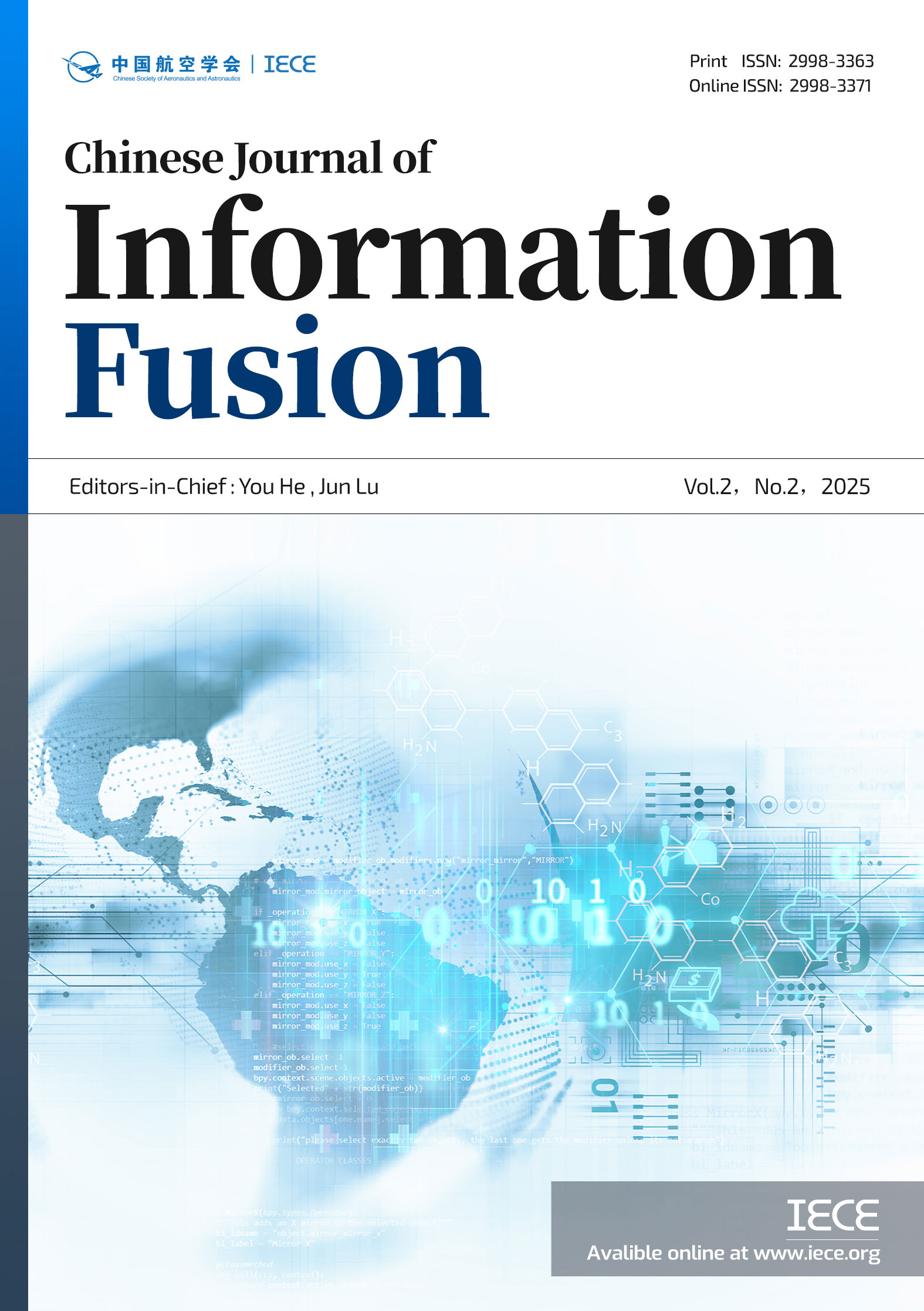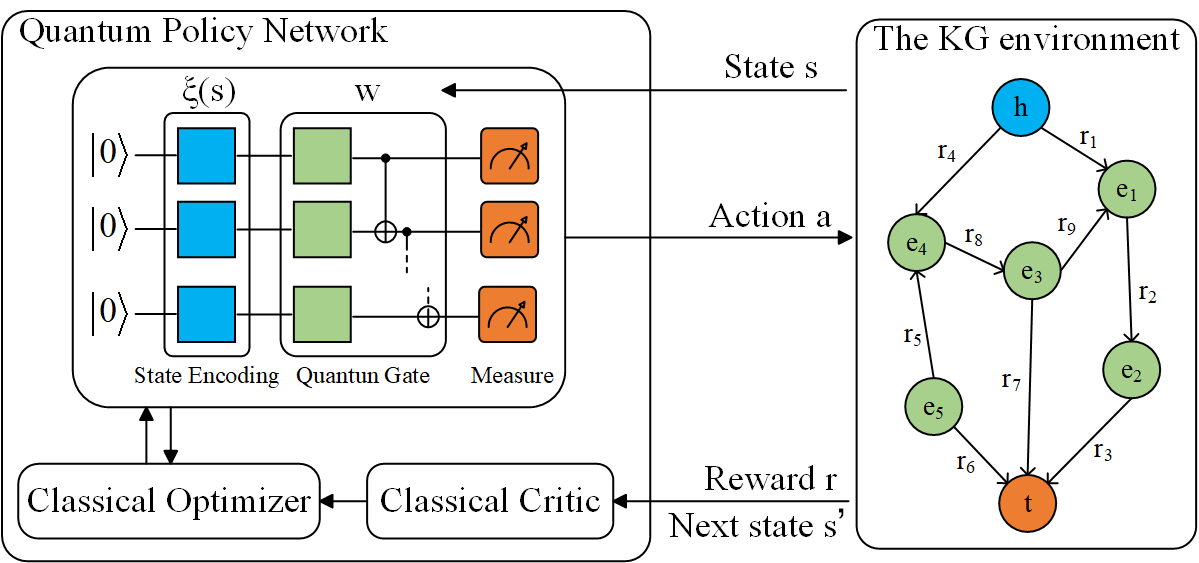Abstract
Knowledge reasoning is a critical task in information fusion systems, and its core step is reasoning missing information from existing facts to improve the knowledge graphs. Embedding-based reasoning methods and path-based reasoning methods are two mainstream knowledge reasoning methods. Embedding-based reasoning methods enable fast and direct reasoning but are limited to simple relationships between entities and exhibit poor performance in reasoning complex logical relationships. Path-based reasoning methods perform better in complex reasoning tasks, but suffer from high computational complexity, a large number of model parameters, and low reasoning efficiency. To address the aforementioned issues, this paper introduces a knowledge reasoning model called Quantum-Inspired Reinforcement Learning (QIRL). QIRL leverages quantum reinforcement learning to train a strategy network via a quantum circuit, aiming to generate and optimize reasoning paths. Quantum circuit achieves complex nonlinear operations through limited quantum reasoning paths gate operations, reducing computational complexity. In addition, this article utilizes the quantum entanglement property to encode high-dimensional data, reducing the number of model training parameters. This article evaluates the QIRL method on entity prediction task and proves that the QIRL method can effectively reduce the number of model training parameters.
Data Availability Statement
Data will be made available on request.
Funding
This work was supported by the Project of Natural Science Foundation of Zhejiang Province under Grant LD24F020009.
Conflicts of Interest
The authors declare no conflicts of interest.
Ethical Approval and Consent to Participate
Not applicable.
Cite This Article
APA Style
Chen, J., Zhang, X., Sun, F., & Lu, J. (2025). Knowledge Graph Reasoning with Quantum-Inspired Reinforcement Learning. Chinese Journal of Information Fusion, 2(2), 144–156. https://doi.org/10.62762/CJIF.2025.552445
Publisher's Note
IECE stays neutral with regard to jurisdictional claims in published maps and institutional affiliations.
Rights and permissions

Copyright © 2025 by the Author(s). Published by Institute of Emerging and Computer Engineers. This article is an open access article distributed under the terms and conditions of the Creative Commons Attribution (CC BY) license (
https://creativecommons.org/licenses/by/4.0/), which permits use, sharing, adaptation, distribution and reproduction in any medium or format, as long as you give appropriate credit to the original author(s) and the source, provide a link to the Creative Commons licence, and indicate if changes were made.


 Submit Manuscript
Edit a Special Issue
Submit Manuscript
Edit a Special Issue

 Copyright © 2025 by the Author(s). Published by Institute of Emerging and Computer Engineers. This article is an open access article distributed under the terms and conditions of the Creative Commons Attribution (CC BY) license (https://creativecommons.org/licenses/by/4.0/), which permits use, sharing, adaptation, distribution and reproduction in any medium or format, as long as you give appropriate credit to the original author(s) and the source, provide a link to the Creative Commons licence, and indicate if changes were made.
Copyright © 2025 by the Author(s). Published by Institute of Emerging and Computer Engineers. This article is an open access article distributed under the terms and conditions of the Creative Commons Attribution (CC BY) license (https://creativecommons.org/licenses/by/4.0/), which permits use, sharing, adaptation, distribution and reproduction in any medium or format, as long as you give appropriate credit to the original author(s) and the source, provide a link to the Creative Commons licence, and indicate if changes were made. 